Pizzeria O Main Branch (핏제리아오 대학로 본점)
13.0Km 2023-12-22
86 Dongsung-gil, Jongno-gu, Seoul
A restaurant in Daehak-ro that recreates the original taste of pizza from Naples, Italy, the home of pizza. All classic pizzas, starting with the Margherita Bufala Pizza, are baked in a wood-fired oven. Pasta and salads are also made personally by the chef, so customer satisfaction is guaranteed. The chef of this branch had won first place at the 2019 World Pizza Championship in Rome. He gained public attention by appearing in various variety shows, such as “Kang's Kitchen Season 3 (2019)” and “Running Man (2010-),” which made him more recognized by the public. Pizzeria O’s pizza dough is characterized by chewy yet light texture.
Olive Young - Jeongdong Branch [Tax Refund Shop] (올리브영 정동)
13.0Km 2024-04-22
26, Saemunan-ro, Jung-gu, Seoul
-
KUIMS (강동경희대학교병원)
13.0Km 2025-07-07
892 Dongnam-ro, Gangdong-gu, Seoul
Kyung Hee University Hospital At Gangdong (KUIMS), located in Gangdong-gu, Seoul, has three university hospital organizations: the School of Medicine, the School of Korean Medicine, and the School of Dentistry. As we use an international brand name KUIMS, we prioritize the convenience and satisfaction of foreign patients. With our advanced medical technologies such as high-difficulty critical disease surgery, robotic surgery, and organ transplantation, we provide fast-track services for all treatment processes such as outpatient appointments, various tests and surgeries, and hospitalization.
In addition, we provide free 1:1 professional medical interpretation and operate a 24-hour hotline with specialized services such as the International Healthcare Center, International Lounge, and a ward for international patients only for the convenience of foreign patients.
Jeongdong-gil Road (정동길)
13.0Km 2024-06-19
2-1 Jeongdong-gil, Jung-gu, Seoul
Jeongdong-gil Road is one of Seoul's most famous walking paths, stretching from the intersection in front of Jeongdong Church to Saemunan-gil Road. The street holds importance in Korea's modern history, with the surroundings serving as a living museum of this. During the Joseon dynasty, the area developed into a residental space for distant members of the royal family, with a palace and royal tombs in the area. In 1999, the pedestrian walking area was expanded by turning the two-way road into a one-way road. Since then, the road has earned many awards and honors.
Unhyeongung Royal Residence (서울 운현궁)
13.0Km 2024-03-04
464, Samil-daero, Jongno-gu, Seoul
+82-2-766-9090
Located near the Gyeongbokgung Palace, Unhyeongung Palace was a residence of royalty in Joseon period. It was the place where Gojong (1582-1919, reign 1864-1907), king of Joseon (1392-1897) and emperor of the Korean Empire (1897-1910), was born in, as well as the place where Heungseon Daewongun (1821-1898), his father, had resided in. Buildings include Noandang Hall, Norakdang Hall, and Irodang Hall. The Royal Residence offers programs like traditional weddings and traditional culture experiences, while the exhibition hall showcases Joseon-era artifacts.
Moonlight Tour at Changdeokgung Palace (창덕궁 달빛기행)
13.0Km 2024-08-20
99 Yulgok-ro, Jongno-gu, Seoul
+82-1522-2295
The Moonlight Tour at Changdeokgung Palace is a high-quality cultural event held at Changdeokgung Palace, a UNESCO World Heritage. The tour offers a unique opportunity to witness and experience palatial beauty under the moonlight.
Donggwol Maru - Korea Cultural Heritage Foundation Branch [Tax Refund Shop] (한국문화재재단 동궐마루)
13.0Km 2024-10-15
99, Yulgok-ro, Jongno-gu, Seoul
-
Olive Young - Daeheung Station Branch [Tax Refund Shop] (올리브영 대흥역)
13.0Km 2024-04-16
91, Baekbeom-ro, Mapo-gu, Seoul
-
The Story of King Sejong (세종이야기)
13.0Km 2022-09-13
jiha 175, Sejong-daero, Jongno-gu, Seoul
+82-2-399-1000
The Story of King Sejong comprises six different sections with a total area of 3,200 square meters. The museum consists of exhibition zones, an event space, video room, shop and more to display King Sejong’s scientific, artistic, military, and political contributions, including the theory of Minbon, which recognized the people as the base of politics. King Sejong, the 4th king of the Joseon dynasty (1397-1450, reigning from 1418-1450) was responsible for some of the most brilliant achievements in the history of Korea, including the creation of Hangeul (Korean alphabet) and great advancements in the areas of science, culture, art and politics.
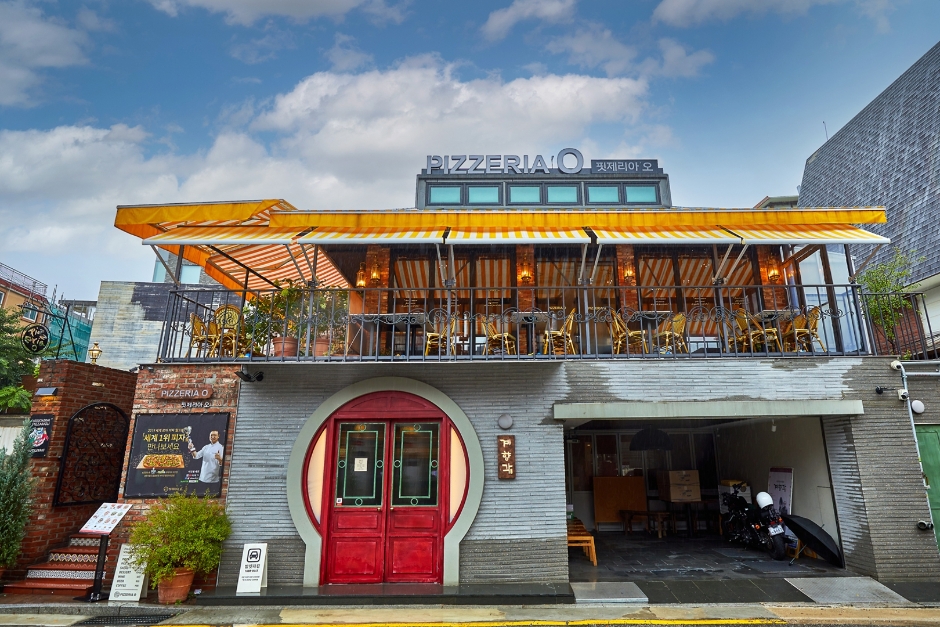
![Olive Young - Jeongdong Branch [Tax Refund Shop] (올리브영 정동)](http://tong.visitkorea.or.kr/cms/resource/11/2888011_image2_1.jpg)

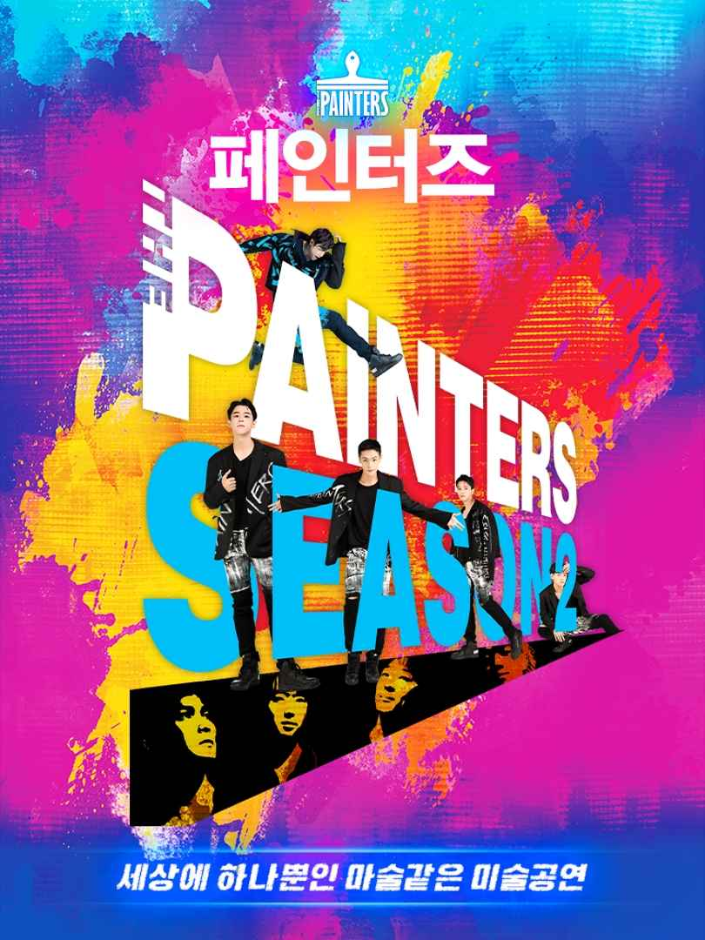
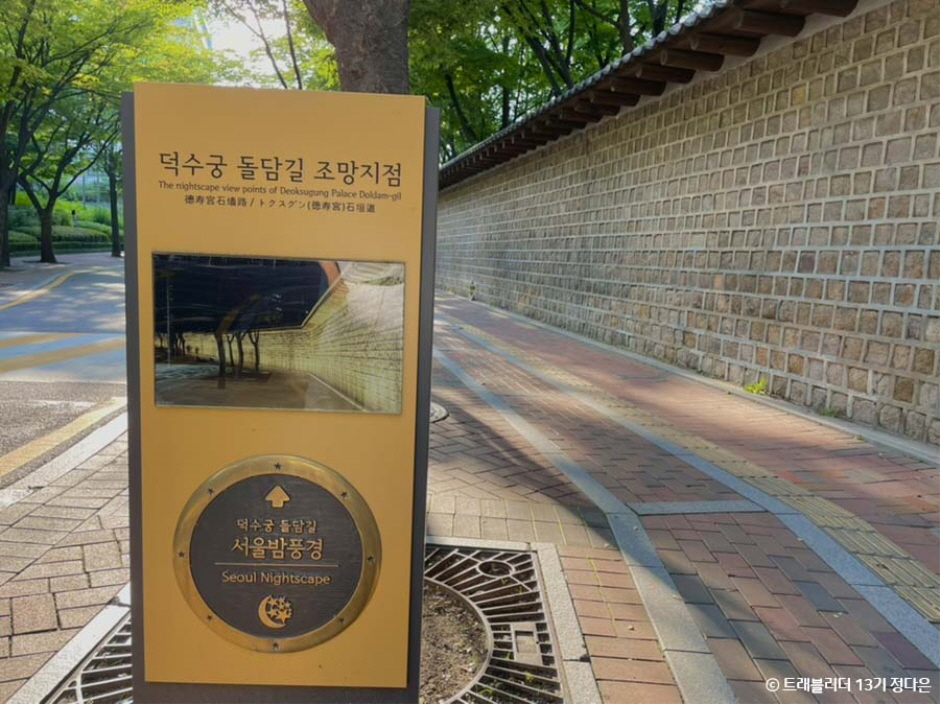

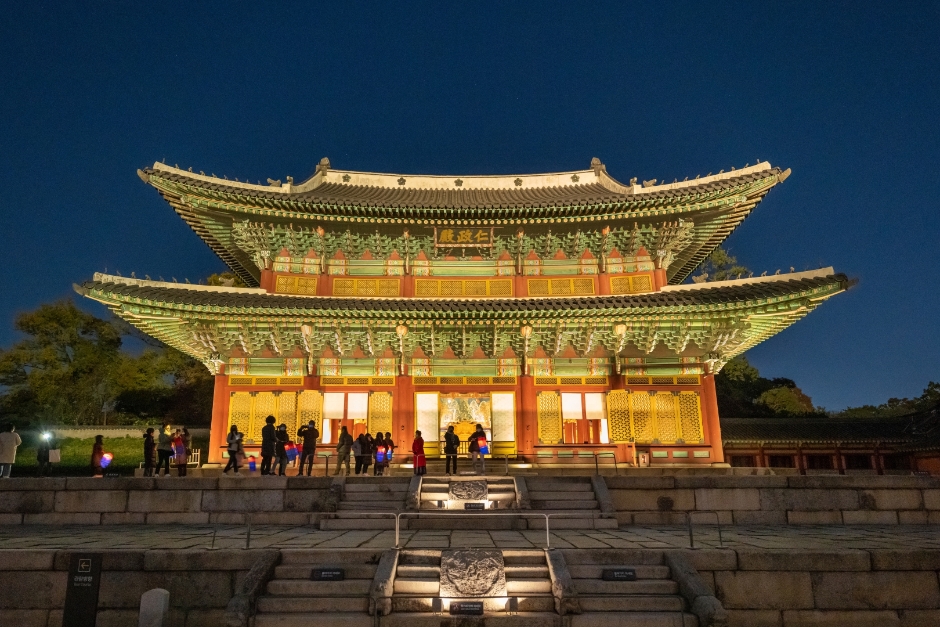
![Olive Young - Daeheung Station Branch [Tax Refund Shop] (올리브영 대흥역)](http://tong.visitkorea.or.kr/cms/resource/34/2888034_image2_1.jpg)
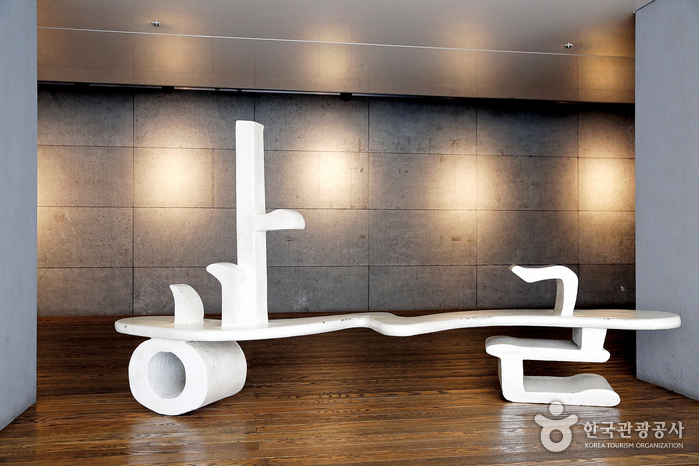
 English
English
 한국어
한국어 日本語
日本語 中文(简体)
中文(简体) Deutsch
Deutsch Français
Français Español
Español Русский
Русский